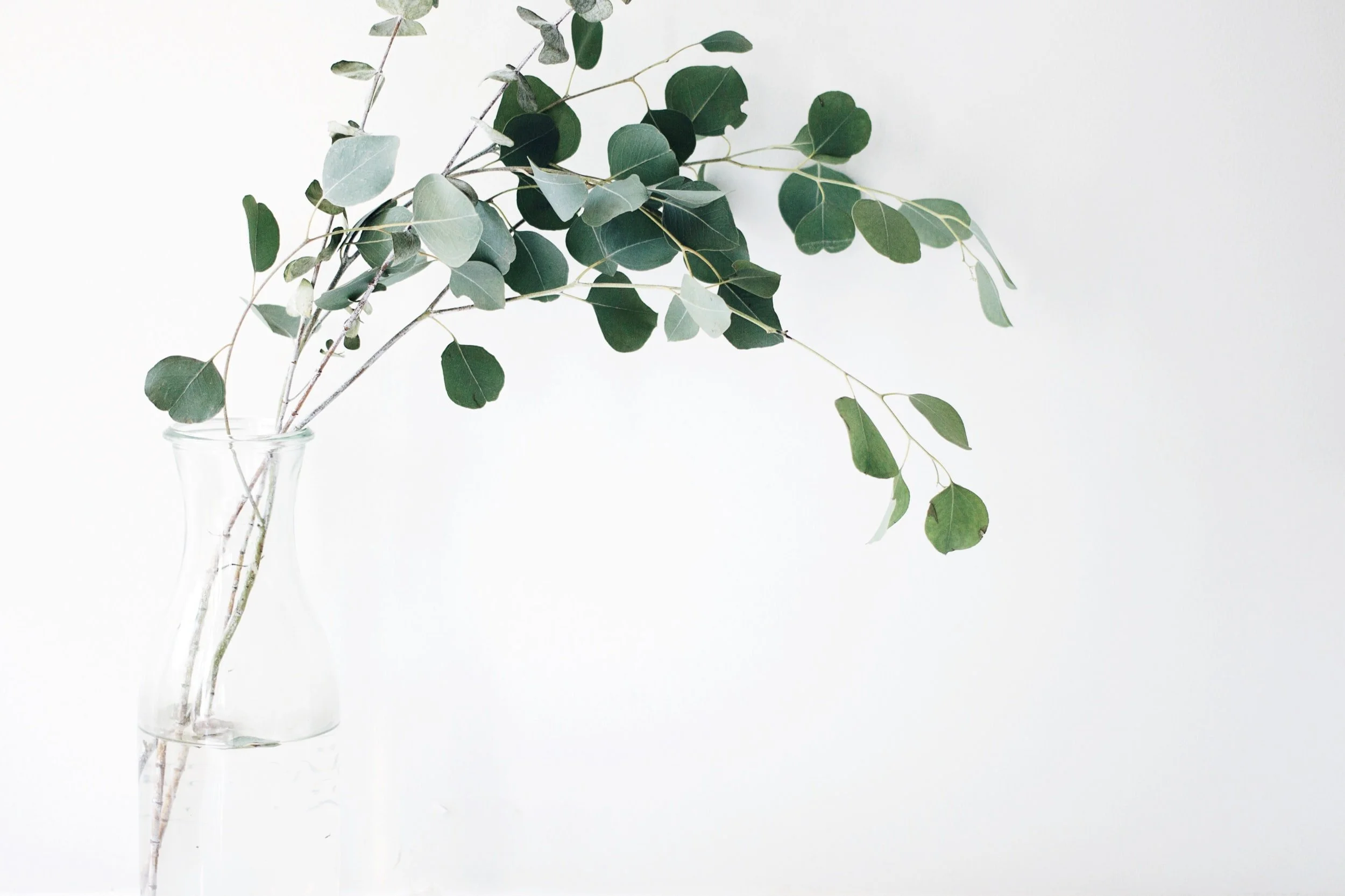The Healing Power of Beauty: How Appreciating Aesthetics Can Ease Depression
/In a world that often feels overwhelming, fast-paced, and emotionally draining, depression can silently steal the color from our lives. It narrows our perspective, dulls our senses, and makes it harder to feel joy. Yet, one of the most accessible and often overlooked sources of emotional healing lies in something profoundly simple: appreciating beauty.
Whether it's the golden light of a sunset, the delicate curve of a flower petal, the melody of a favorite song, or the intricate lines of a painting, beauty has the power to reach into the depths of our inner world and stir something vital — a sense of awe, stillness, and connection. This blog post explores how intentionally seeking and savoring beauty can be a powerful tool for improving mental health and easing the symptoms of depression.
1. Beauty Grounds You in the Present
Depression often pulls the mind toward ruminating on the past or fearing the future. In contrast, beauty invites presence. When you stop to appreciate a soft breeze or the texture of a tree's bark, you're rooted in the now. This mindfulness effect — being aware of your surroundings without judgment — is known to reduce depressive symptoms and increase emotional regulation.
Tip: Start a daily “beauty journal” where you write down three beautiful things you notice each day. It can be as simple as the color of your coffee foam or a smile from a stranger.
2. Beauty Stimulates Positive Emotion
Depression tends to mute our capacity to feel pleasure (a symptom known as anhedonia). But beauty can gently reawaken our ability to feel — to marvel, to admire, to be moved. Even in small doses, aesthetic pleasure activates the brain's reward system, releasing dopamine, the “feel-good” neurotransmitter.
Tip: Create a personal “beauty ritual” — like lighting a candle while listening to calming music, walking in nature, or visiting a local art gallery — and allow yourself to truly absorb the experience.
3. It Reminds You of Meaning
When you’re depressed, life can seem pointless. But beauty has a way of whispering, “There is still wonder here.” It offers a counterbalance to despair by reminding us that meaning doesn’t always come from productivity or purpose. Sometimes, it's simply in noticing — in letting something beautiful take your breath away, even for a moment.
Tip: Curate a “beauty board” (physical or digital) with images, quotes, and objects that resonate with your sense of awe or comfort. Let it serve as a gentle reminder that beauty — and meaning — still exist.
4. Beauty Encourages Connection
Beauty isn’t only visual. It’s also relational. A moving piece of poetry, a soulful song, or a shared sunset can foster a feeling of being connected to others, to the world, to something greater than yourself. This sense of connection is a key protective factor against depression.
Tip: Share beautiful moments with others — send a friend a photo of a blooming flower, talk about a song that moved you, or attend a concert or exhibit with someone you trust.
5. It Encourages Hope
Hope and beauty are closely linked. Beauty is often fleeting, yet its presence can be a promise that better moments can and will come. In the middle of mental darkness, catching glimpses of beauty can plant seeds of hope — small reminders that life still holds potential for joy, even if it feels far away right now.
Tip: Reflect on times when beauty surprised you — a sudden rainbow, a stranger’s kindness, the sound of laughter — and keep those memories as emotional anchors.
Final Thoughts
Depression can numb us, isolate us, and convince us that the world is gray. But beauty, in its many forms, invites us back to color. It doesn’t solve all problems or replace therapy, medication, or support, but it’s a quiet ally. A way to soften the sharp edges of pain and open a window to healing.
In appreciating beauty, you’re not escaping reality. You’re finding a lifeline in it.
And that, perhaps, is the most beautiful thing of all.

